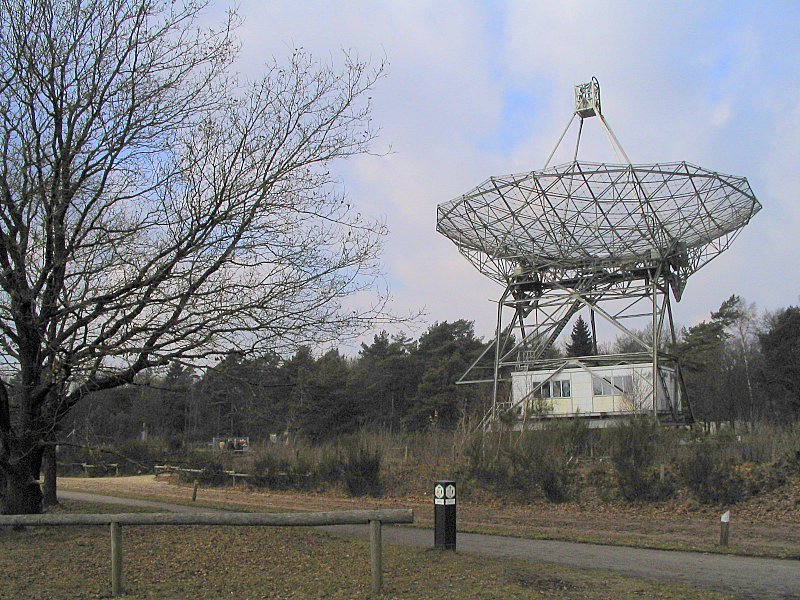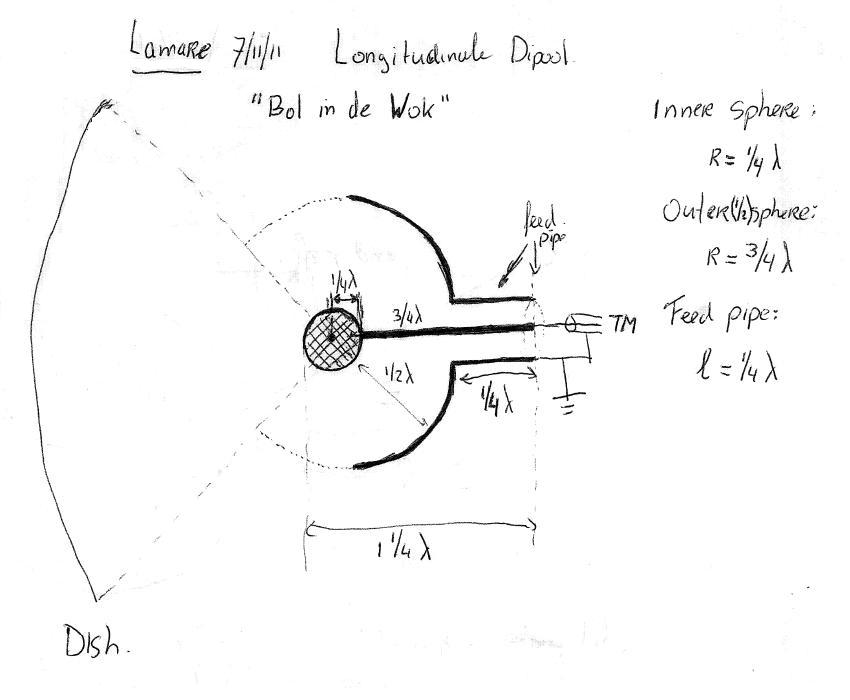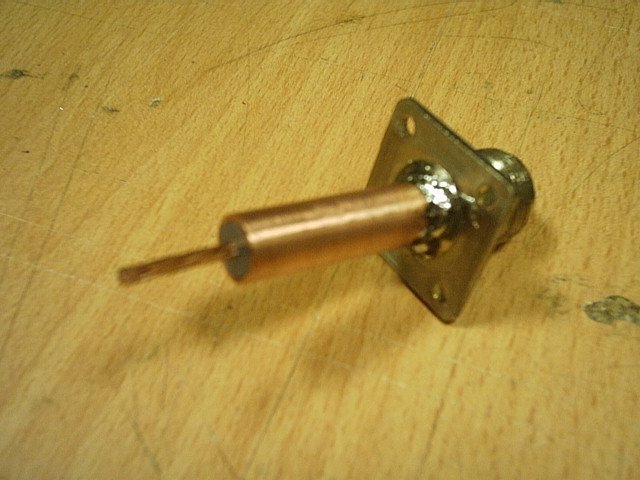Greetings,
The problem with moonbounce is validating the actual path taken by
the signal. You could imagine ionosphere reflections, intermediate
ionized gas clouds, repeater satellites, Dark Knight repeaters, and
plain old fraud invalidating the exercise.
For what it is worth, AstroEngineer.wordpress.com claims that
Mars rovers (Spirit, etc) are equipped with working superluminal
transmitters. (Checkout the gnomon on the color calibrator
as a candidate for the spherical transmitter.) His claim is that
timestamped data at JPL documents pre-arrival of the data stream
from the superluminal path, as compared to the conventional path.
I think the more convincing prospect for demonstrating superluminal
longitudinal waves is to redo Wheatstone's demonstration.
The problem with moonbounce is validating the actual path taken by
the signal. You could imagine ionosphere reflections, intermediate
ionized gas clouds, repeater satellites, Dark Knight repeaters, and
plain old fraud invalidating the exercise.
For what it is worth, AstroEngineer.wordpress.com claims that
Mars rovers (Spirit, etc) are equipped with working superluminal
transmitters. (Checkout the gnomon on the color calibrator
as a candidate for the spherical transmitter.) His claim is that
timestamped data at JPL documents pre-arrival of the data stream
from the superluminal path, as compared to the conventional path.
I think the more convincing prospect for demonstrating superluminal
longitudinal waves is to redo Wheatstone's demonstration.








Comment